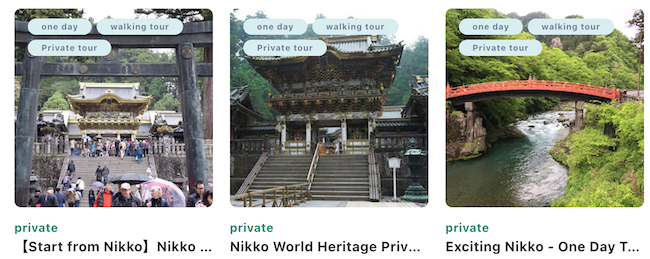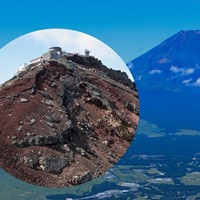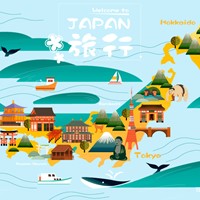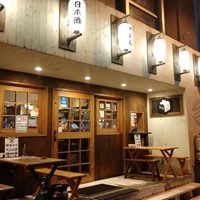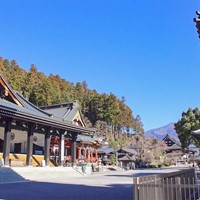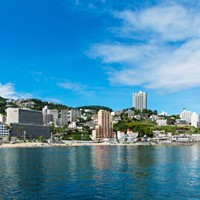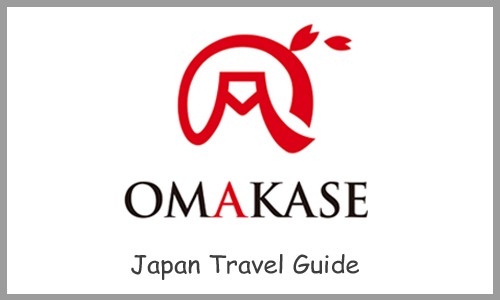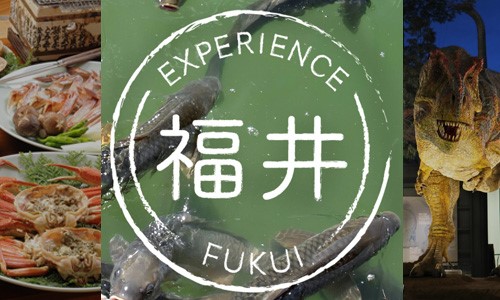Take a Nikko Day Trip and Experience a Sacred Slice of Japan
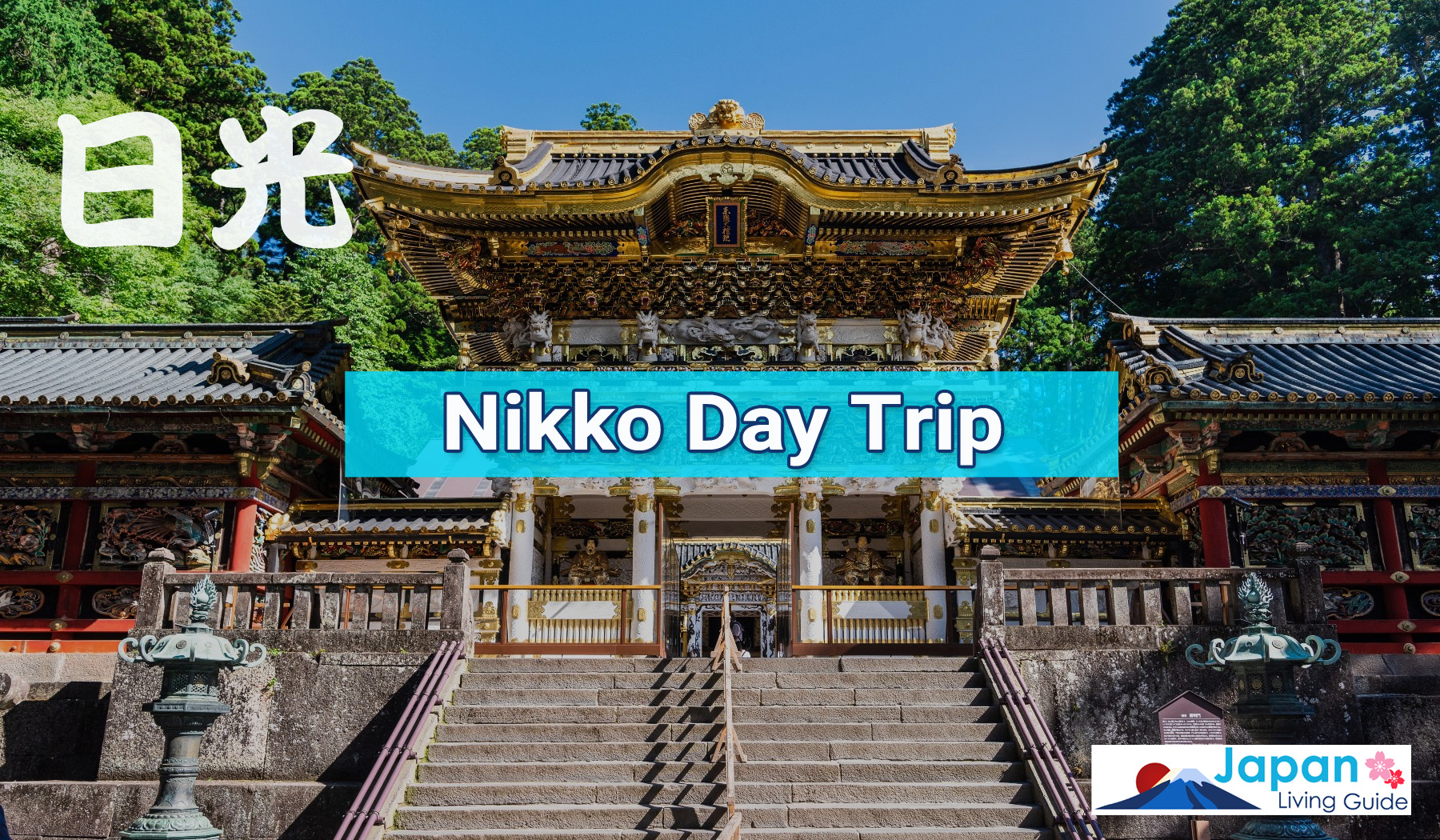
Some places defy easy description, and must be experienced to be appreciated; the Alhambra in Spain, the Grand Canyon in the USA, and in Japan, the shrines and temples of Nikko in Tochigi prefecture.
Nikko is a Unesco world heritage site, known worldwide as one of Japan’s most significant cultural centers. While you can certainly stay overnight to really drink in the magic of the area, easy access from Tokyo makes a Nikko day trip a very popular option.
Many people head out to Nikko on buses, especially during the summer and fall seasons. Winter in the foothills is also stunningly beautiful and will give you a chance to take in the heritage sites without crowds. In fact, if you plan your journey during the week you’ll feel as though you've been given private-viewing access. From sacred structures to great food and even some events to try in the colder months, here are just some of the things to do in Nikko.
Start your Nikko Day Trip with Shrines and Temples
Among the many marvelous things to do in Nikko, the Unesco area should be at the top of your list. It includes 103 religious structures both Shinto and Buddhist, all surrounded by an ancient old-growth forest. Here are 4 sacred spots without which your Nikko sightseeing excursion would simply be incomplete.
Shinkyo Bridge
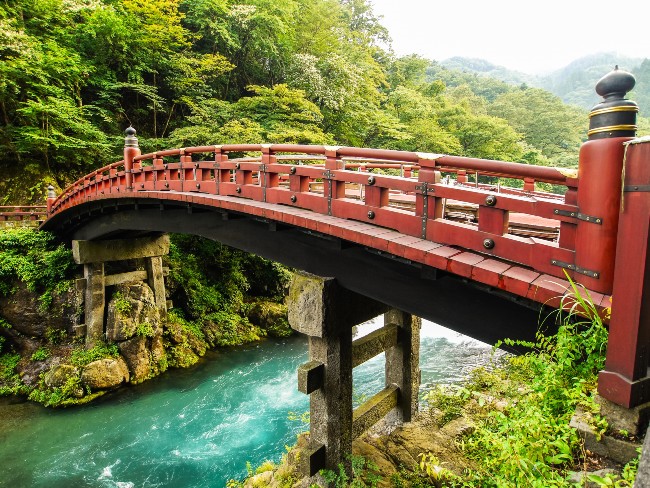
The Shinkyo Bridge is the gateway to the Unesco sites and was included in the World Heritage designation within the Nikko National park area. This sacred bridge sits at the base of the various temples and shrines. The Shinkyo bridge belongs to Futarasan Shrine and is designated as an important cultural property. Although it may be difficult for those taking a Nikko day trip, early adventurers should get out here first thing and use the morning light to take some great photos.
Stop by the gate house and get your Goshuinchou (temple book) signed for good fortune. The cascading water and stunning landscape, perfect no matter the season, will be a beautiful beginning to your adventures.
Rinnoji Temple
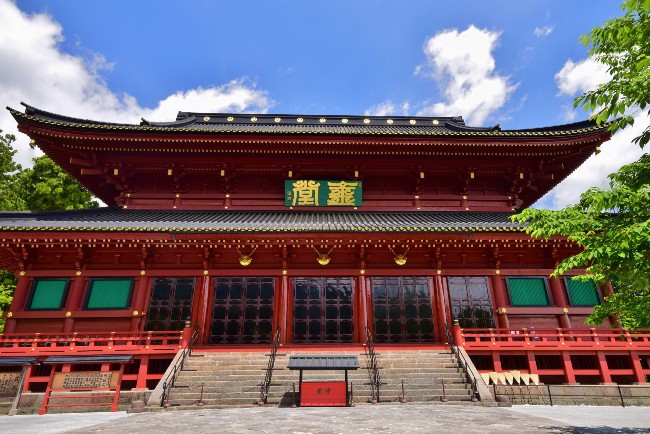
The journey into this formidable temple complex begins by first climbing a flight of atmospheric stone steps. Currently, a massive restoration using traditional materials and techniques is underway so the outside of the main temple is completely enclosed in a large sort of box. In true Japanese fashion, the front of this temporary structure is adorned with a huge picture of what the outside of the temple normally looks like.
While this may disappoint some visitors, part of what makes a place eligible for Unesco status is the way it is maintained and preserved. At Rinnoji you can tour the inside of the temple and see the restoration in process, even get a view of the work being done in an observation deck high above the roof.
The work being done to preserve this amazing building is inspiring, and this might be a once in a lifetime chance to see these master builders and lacquer craftsman at work. You can also get your temple book signed here as well.
Rinnoji Temple: https://www.rinnoji.or.jp/
Toshogu Shrine
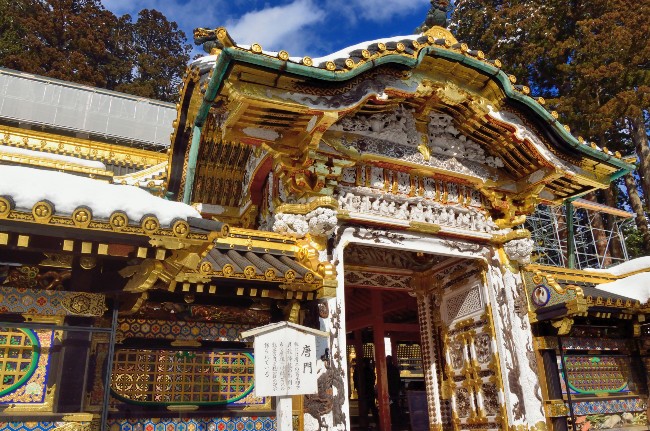
From Rinnoji head to Toshogu shrine, the true star of this sacred park. Though Toshogu is breathtaking, be warned that if you are taking a Nikko day trip you may end up spending all of your time here! Be sure to pick up an audio guide at the top of the first gate entrance to truly get the story behind each building and learn about the purpose, artistry, and significance of each structure.
The Toshogu shrine is comprised of 55 buildings. Each building is adorned with carvings, sculptures, and decorations with deep meaning in the Shinto faith. A remarkable feature of the shrine are the paths and stone stairways flowing with the natural topography of the mountain area, creating a balance and deeply spiritual atmosphere. This Shrine is also famous for being the final resting place of Shogun, Tokugawa Ieyasu.
Two popular areas are the Sacred Stable and the sleeping cat sculpture. The Sacred Stable is adorned with 8 panels, using the lives of a monkey family to teach its viewers about the human condition. The sleeping cat sculpture marks the entrance to the steps that lead to the inner shrine where the Shogun is entombed.
It is impossible to describe the impact of these buildings. Even if you have other things to do in Nikko, give yourself time to explore, and enjoy the intricate carvings unlike any seen elsewhere.
Nikko Tamozawa Imperial Villa Memorial Park
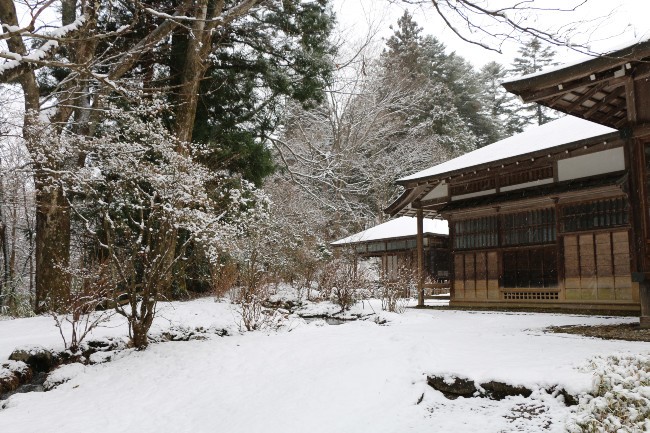
At the base of the Nikko Unesco sites, you can also visit this Imperial Villa park. The villa and garden were a retreat for the imperial prince in the 19th century. The buildings combine architectural styles of different eras, and you can view period correct furnishings and artifacts. After exploring you can relax at the teahouse with Japanese wagashi (sweets) and a bowl of matcha. English audio guides are also available.
Official Website: https://www.park-tochigi.com/tamozawa/news/info/english
Eat, Drink and Stay
Yuba
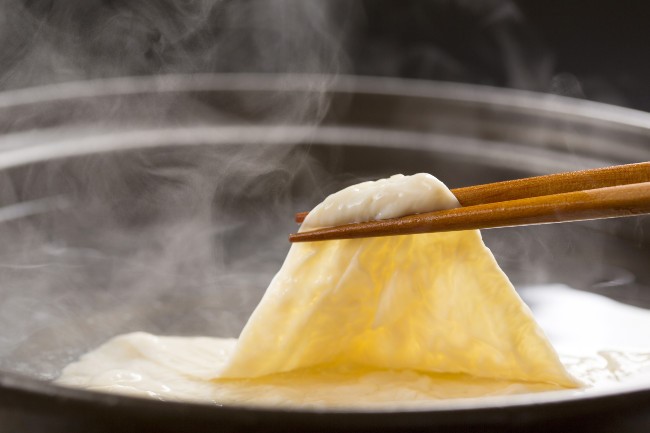
Food is a big part of exploring Nikko. While visiting be sure to have yuba, which is translated as tofu skin. Though that description doesn’t really sound delicious, yuba is fantastic and healthy. Made from the skin that forms on top of soy milk when it gets heated, you can also try yuba in a bowl of hot noodles. Yuba ramen, yuba soba, and yuba udon dishes are also common. Nikko folks are a bit obsessed with yuba -- You can even find yuba sushi and fried gyoza (dumplings).
Wagashi
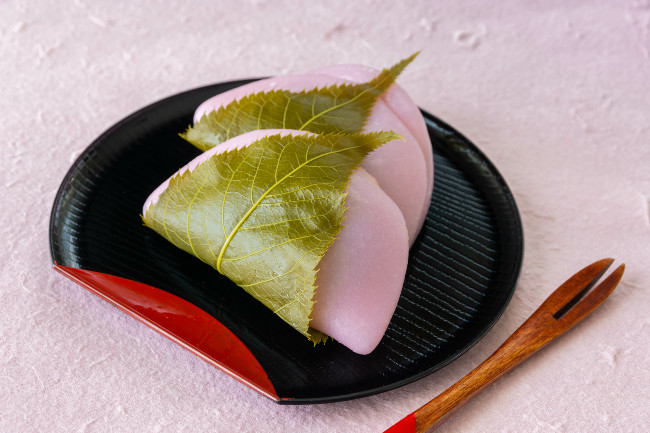
Wagashi, or traditional Japanese sweets, go especially well with green tea and can be had at a number of places in the area. Many are commonly covered in mochi (pounded rice) and crafted into cute shapes. Tochigi is particularly famous for delicious strawberries or ichigo, so try some snacks or jam made locally. Brave souls may even want to try some strawberry curry!
Cafes
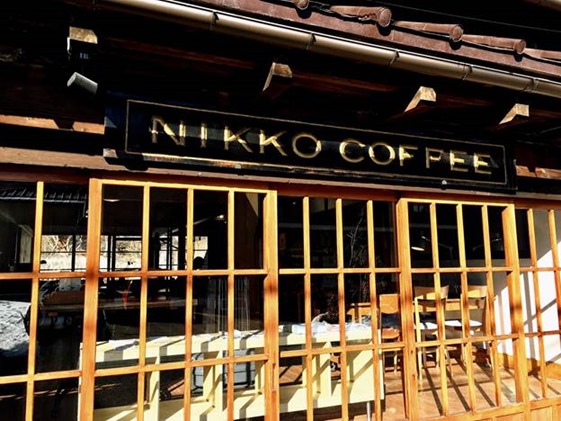
Aside from the various tea houses in the area (where you can get the wagashi Japanese sweets described above), Nikko has its share of excellent coffee shops as well. Nikko Coffee, for example, manages to be woody, nostalgic, and minimal--hallmarks of the Nikko experience--while also feeling modern. Of course, the interior is only part of the draw. Great coffee, homemade pastries and delicious lunch offerings make this somewhat hidden spot a true gem. English menus are available.
Nikko Coffee: http://nikko-coffee.com/
Hotels
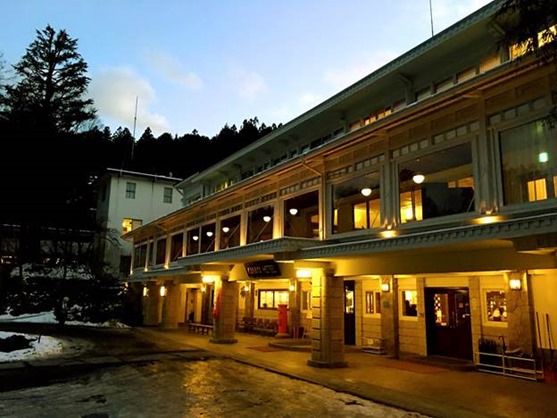
While taking a Nikko day trip is certainly fun, why not savor your experience by booking a room and staying overnight instead? Hotels in Nikko run the gamut from more traditional ryokan (classic Japanese inns) to resort style onsen spas and yes, even “western”-style accommodation.
The Kanaya hotel is the oldest “western” style hotel in Japan and is a slightly faded, elegant spot blended with the best of Japanese Meiji era design. Foreigner friendly since its founding, the Kanaya staff are warm and professional. Be sure to check out their wall of fame showing photos of the sign-ins from famous visitors like Einstein, Frank Lloyd Wright, and so many others.
The pride that the owners of the Kanaya feel about their history is evident in everything they do. This hotel is especially good for those planning to visit Nikko in winter, as that is off-season. Prices are good and you can book a twin room with breakfast for less than 20,000 yen and sleep deep in the history of the area.
Nikko Seasonal Events
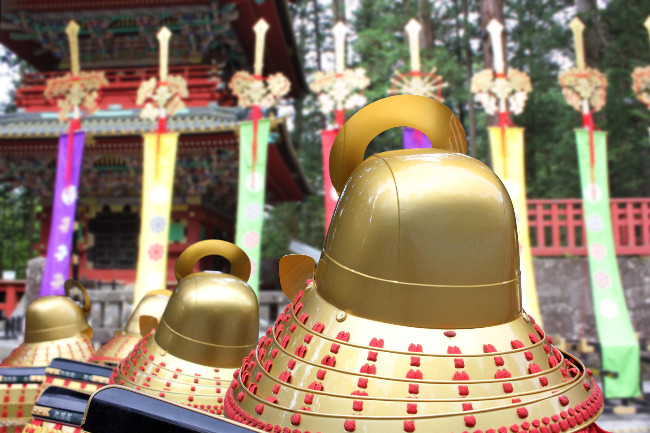
Whether you take a Nikko day trip or decide to stay overnight, you may want to coordinate your trip with one of the many seasonal events and festivals in the area. In spring and fall, you can catch either the Shunki Reitaisai (The Grand Festival of Spring, held in May) or the Shuki Taisai (The Grand Autumn Festival, held in October). Both of these festivals transport you to 17th-century Japan, treating you to the sight of 1,000 or more people, carrying o-mikoshi (portable shrines) and dressed in full samurai regalia.
Witness a performance of Japanese archery, performed while on horseback in the style of Japan’s ancient warrior class. Both festivals are dedicated to Ieyasu Tokugawa, founder of the Tokugawa Shogunate, whose name still resonates in history as well as popular culture.
Nikko City Tourism Association: https://www.visitnikko.jp/en/
If you are looking for winter things to do in Nikko, a trip to the Yumamoto Onsen snow festival and/or the Yunishigawa Kamakura festival is highly recommended. At Yumamoto you can see amazing ice sculptures crafted by local artisans inside snow domes called kamakura. Running from late January to the end of February you can explore the festival during the day. However, the best time to visit is at night as LED lights and music make the area quite magical.
At the Yunishigawa festival, visitors can also enjoy grilling a local meal inside the specially-made igloos. Please note that each igloo fits a maximum of 4 people. Reservations are required.
Yunishigawa Kamakura: https://travel.tochigiji.or.jp/en/things-to-do/16/
There are Things to do in Nikko no Matter the Season
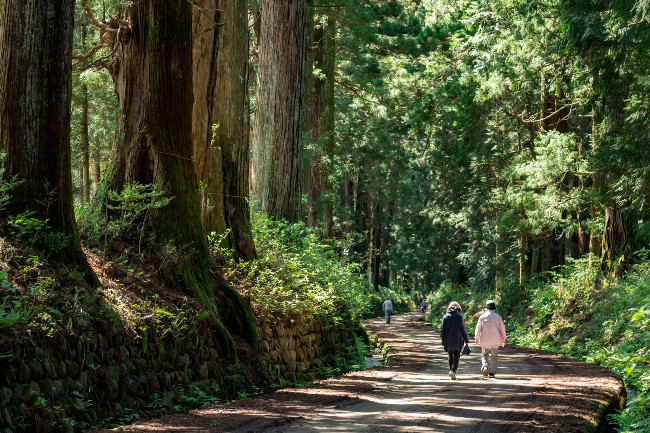
Whether you are planning a day trip to Nikko or planning to stay the night, this slice of ancient Japan is a welcome respite from city life. Hike the sacred paths of a Unesco site, taste the delicious local food and explore local festivals all within a 3 hour train or car ride from Tokyo. Everyone needs a break from Tokyo every once in awhile, and Nikko is just one of the many great escapes nearby.
If you are interested in more travel destinations in Japan, please check this page. While exploring new destinations is fun and interesting, it is also important to book an accommodation that suits your needs. For more information on hotel booking websites you can use in Japan, be sure to check this article.
Visiting Nikko?
Japan Wonder Travel offers tours in Nikko in English.
・ 【Start from Nikko】Nikko 1–Day Private Walking Tour
・ Nikko World Heritage Private Walking Tour (10.5 hours)
